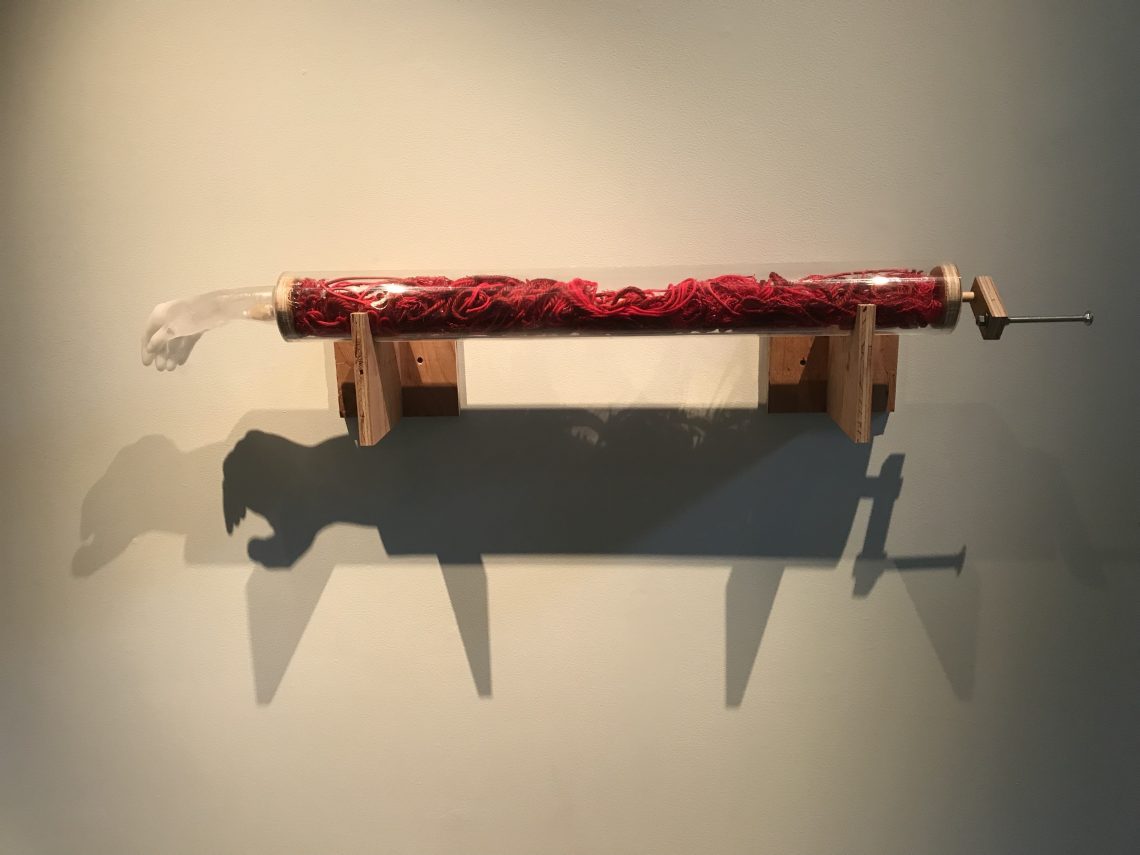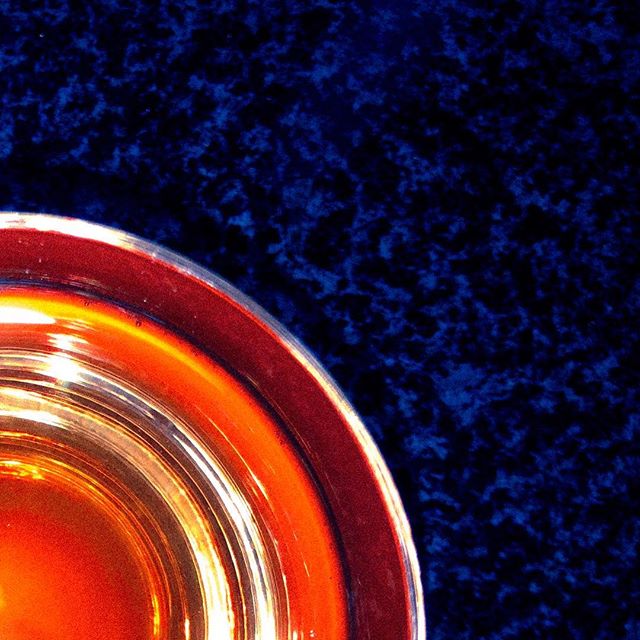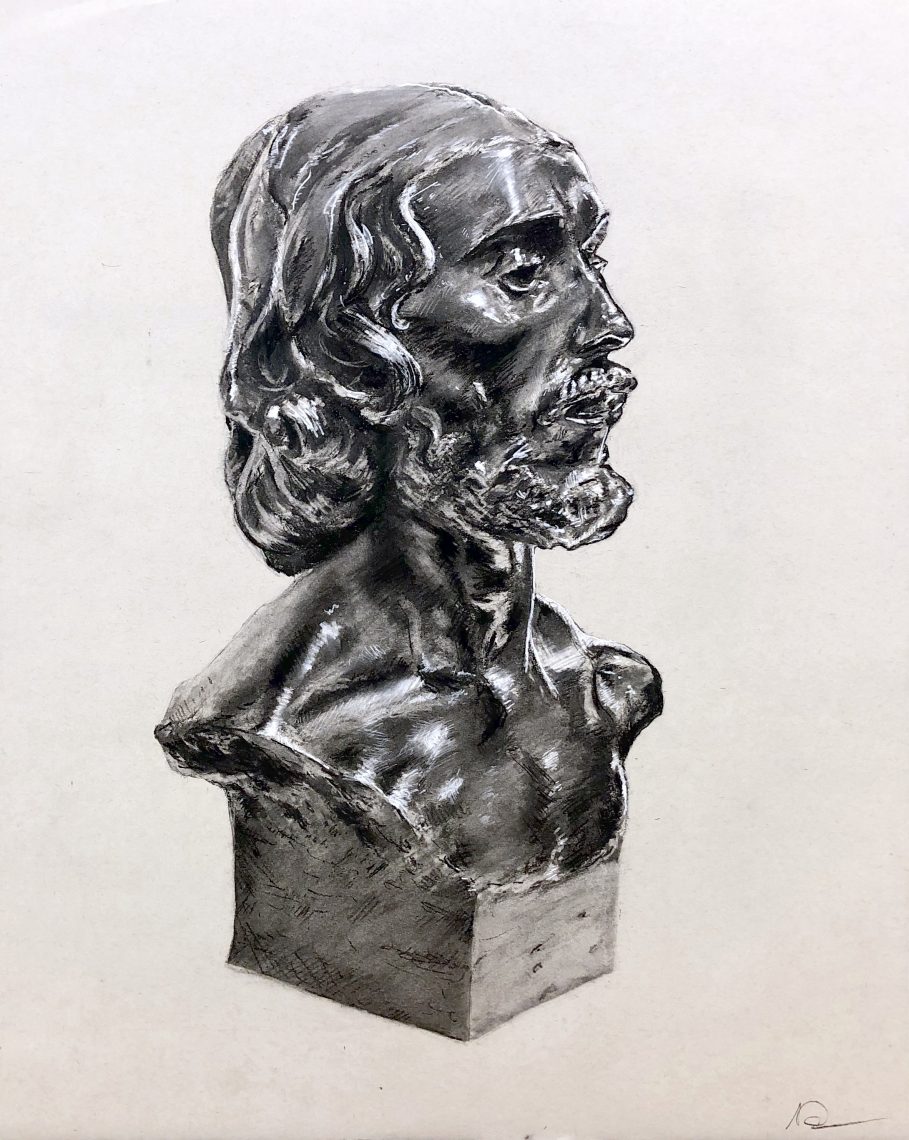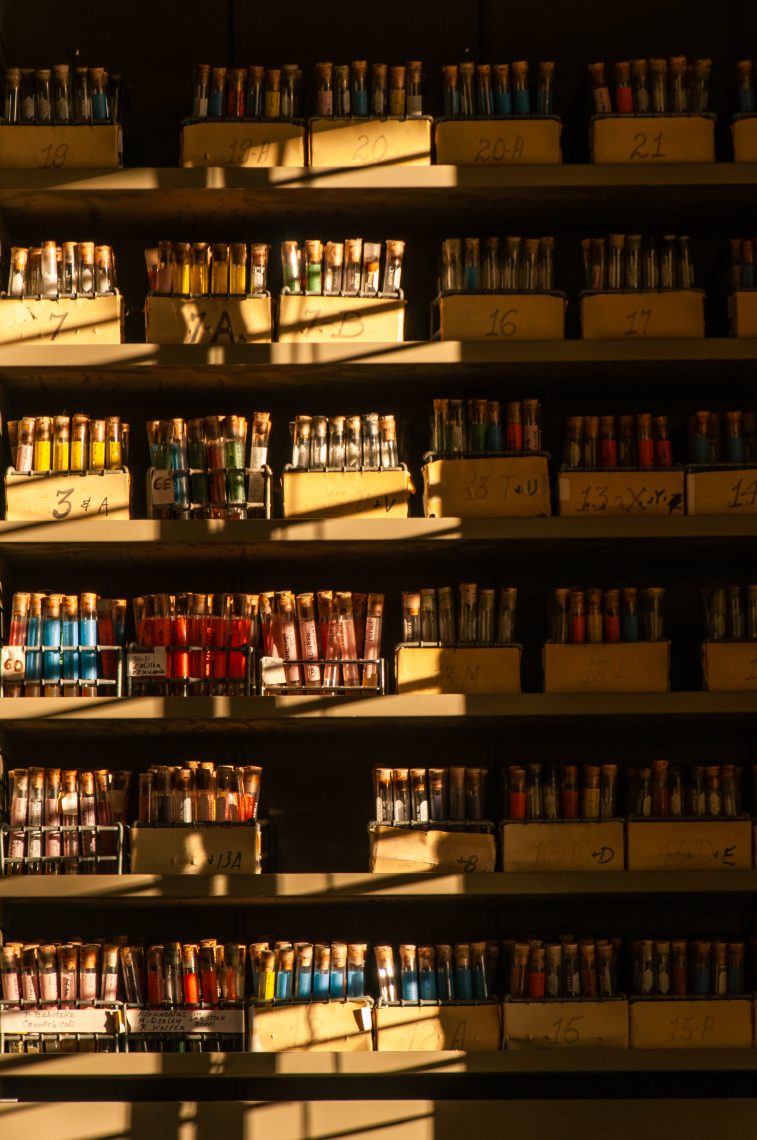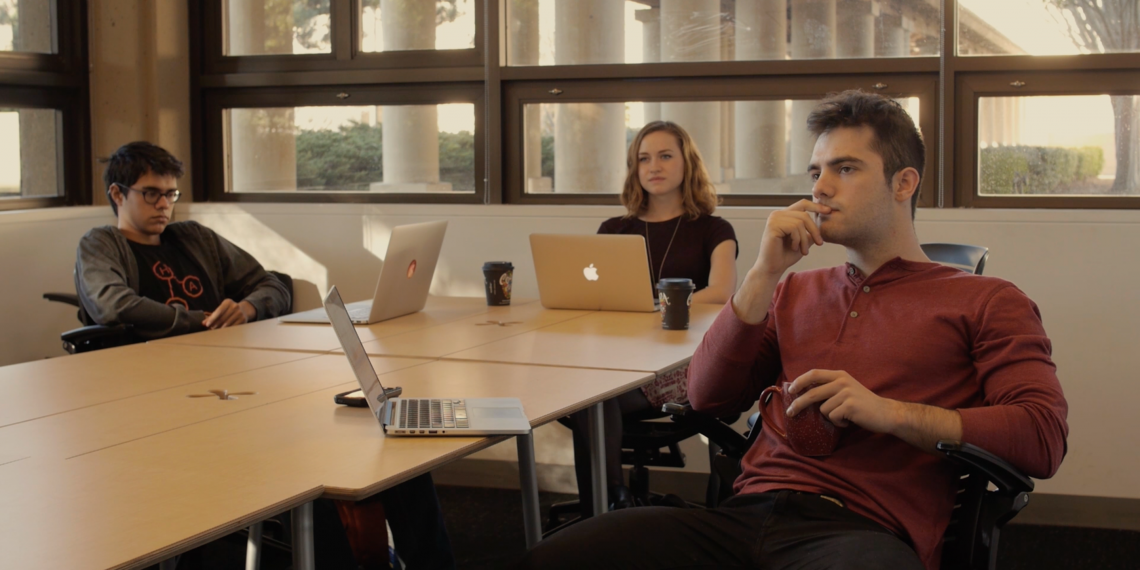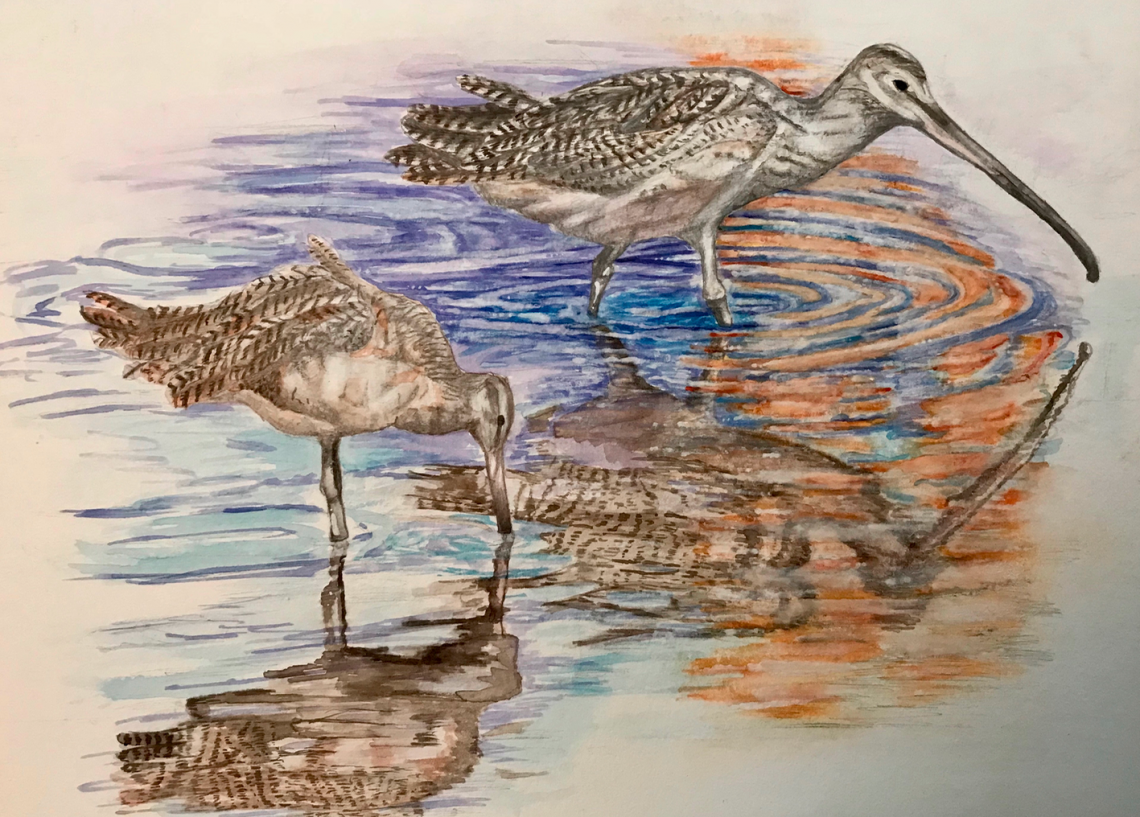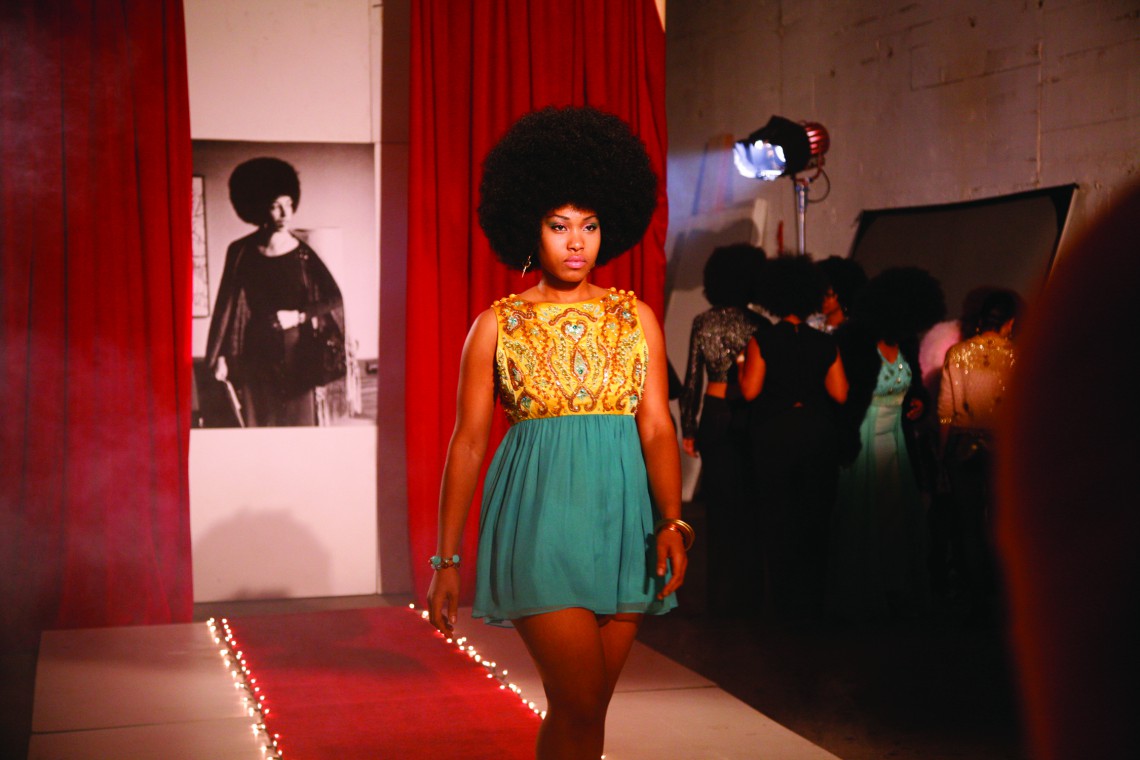 In her work, artist Carrie Mae Weems explores the complexity of race, gender and class. This still is from her 2010 video 'Afro-Chic.'
In her work, artist Carrie Mae Weems explores the complexity of race, gender and class. This still is from her 2010 video 'Afro-Chic.'
Studying Carrie Mae Weems’ work at Stanford’s Cantor Arts Center from different angles
The artist's first large-scale retrospective is not just for art history students and devotees of photography and video.
Of course art history and photography students are heading to the Cantor Arts Center to see Carrie Mae Weems’ remarkable three-decade retrospective. Weems is, after all, a MacArthur genius and one of today’s most important contemporary artists. But she is also an eloquent interpreter of the African American experience and through her work explores the complexity of race, gender and class.
One faculty member taking advantage of the exhibition is Associate Professor Paula Moya, who is teaching a class in narrative and narrative theory within literature as part of the English Department’s core curriculum. She wanted her students to see what narrative looks like in another medium – photography instead of literary fiction. She also wanted students to see what the world might look like from the perspective of a black woman.
“We had just finished reading William Faulkner’s The Sound and the Fury and I thought it would be good to see the show,” Moya said.
The focus of the Faulkner reading was on the way the narrative was oriented, or focalized, by each of the three Compson brothers in turn. “What is interesting is that none of the Compson women are allowed to do that. They are all objects of representation, but they never get to frame the narrative from their own perspective – they never get to be the subjects of representation.”
Moya says the same goes for the black characters in Faulkner’s novel, and especially Dilsey, the one character who holds the dysfunctional Compson family together. “Weems and Faulkner are both American artists representing the legacy of slavery in America. I knew they would both be touching on related topics.”
Patience Young, the Cantor’s director of academic engagement, reports that in addition to Moya’s English class, American studies lecturer Carolyn Duffey’s students from the course Border Crossings and American Identities saw the exhibition. The course explores how novelists, filmmakers and poets perceive racial, ethnic, gender, sexual preference and class borders in the context of a national discussion about the place of Americans in the world.
Students from the Sophomore College seminar Photography: Truth or Fiction or …, taught by the Cantor’s director, Connie Wolf, saw the exhibition, and art and art history Professor Pam Lee’s Junior Seminar students are on the calendar.
During Wolf’s three-week seminar, students saw photography exhibitions in museums and private collections throughout the Bay Area. They met with artists, collectors, photo editors and advertising executives. The Weems exhibition capped their viewing experience.
“I’ve been a fan of Weems’ work since the summer when I worked at a photo magazine,” said Soo Ji Lee, one of Wolf’s seminar students. Lee said she admires the way Weems incorporates commentary on race in her conceptual pieces. Weems’ work, she said, “relates to my coursework in that I’ve always been interested in the role of race in America.” Lee is also taking Histories of Photography, where she studied Louis Agassiz’s daguerreotypes and Weems’ appropriation of these types. “Weems’ work stands out to me because she’s not afraid to point out race/gender relations.”
Another of Wolf’s seminar students, Evelina Yarmit, was introduced to Weems by the current exhibition. “I was surprised at the narrative and theatrical quality of her work. Her pictures managed to be both quiet and loud with meaning at the same time. I think that’s a hard balance to strike, especially when engaging in a dialogue about race,” observed Yarmit.
Art students of different stripes are also taking advantage of the Weems exhibition. Instructor Bob Dawson plans to tour his intermediate black-and-white photography class through the exhibition, and lecturer Aleta Hayes in the Dance Division has created a performance piece with her students that is inspired by the exhibition. The dance students have been rehearsing Being Scene for weeks. The performance staged throughout the Cantor galleries incorporates fashion designs by visual artist Lava Thomas. It will begin at 6 p.m. tonight, followed by a reception and discussion at 7 p.m.
Dawson’s photography students range from undergraduate engineering majors to graduate documentary film students. “The Cantor has been wonderful in showing so many internationally recognized photographers. When I heard that the Weems exhibit was coming, I jumped at the opportunity,” he said. “Her approach to her art is very creative. Her work is also very timely and touches on some of the relevant social issues of our time.”
My responsibility as an artist is to work, to sing for my supper, to make art, beautiful and powerful, that adds and reveals; to beautify the mess of a messy world, to heal the sick and feed the helpless; to shout bravely from the rooftops and storm barricaded doors and voice the specificity of our historical moment.
—Carrie Mae Weems








